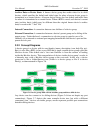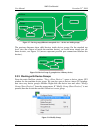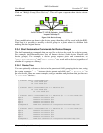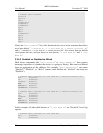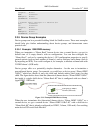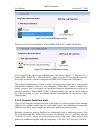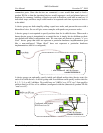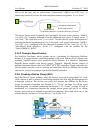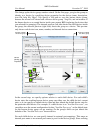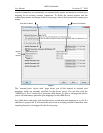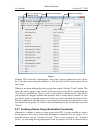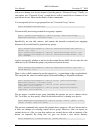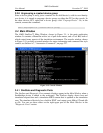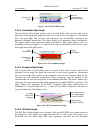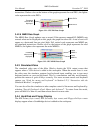
AMD Confidential
User Manual November 21
st
, 2008
Chapter 3: Graphical User Interface 25
This brings up the device group creation wizard. On the first page, you give the group an
identity as a device, by specifying device properties for the device (name, description,
icon file, help file, flags). You specify a file path to save the known device group,
because the wizard will create both a known device group *.bsg file, and an instance of
the known device as a created device inside your current BSD (replacing the devices that
you selected for grouping). The internal preview (left side) shows the child devices inside
the group; the external preview (right side) shows the group as a device. This preview
only shows each device icon, name, number, and internal device connections.
Figure ?
In the second step, we specify options relative to each child device. For each child's
device state, the resulting known device group can either save the child device's current
state, or it can specify no default device state and thus inherit the default device state for
the particular child device. For example, if a child device is an "AweSim Processor", we
can either save the current configuration for that "AweSim Processor" as the default state
for the known device group we are creating. Or the group's child can just inherit the
defaults of the "AweSim Processor" known device.
For each child device, we can specify internal to external port mappings. This maps an
internal port name to an external port name (a port for the device group). Since existing
Preview of inside
the device group
Preview of outside
the device group
Device
Identity
Properties



